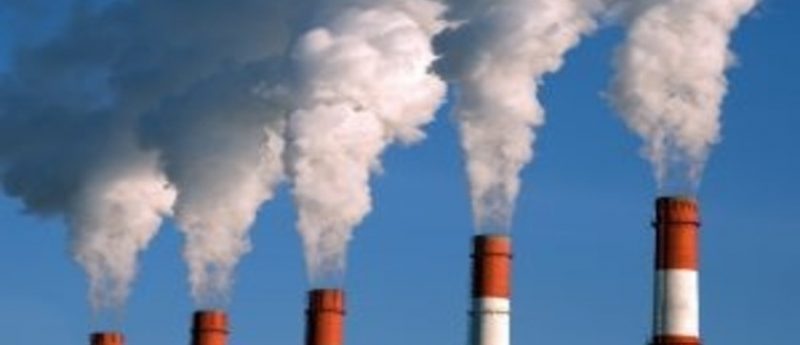Increase in cancer rates attributed to poor environmental quality

A study recently published in CANCER elucidates the association between cumulative exposure to damaging environmental factors and the incidence of cancer in the United States – breast and prostate cancer demonstrated especially strong links with poor environmental quality. The findings from the study may be vital in reducing the cancer burden by informing and allowing officials to identify communities at risk and in need of attention.
In order to investigate the effects of environmental quality over a series of states and domains, composed of air, land and water quality, sociodemographics and built environments, lead author Jyotsna S. Jagain and her colleagues from the University of Illinois (Chicago, IL, US), combined county-level measures of environmental exposures from the Environmental Quality Index (EQI) and cancer incidence rates from the Surveillance, Epidemiology and End Results (SEER) Program State Cancer Profiles.
On average, the annual county-level incidence rate for all cancer types when adjusted for age was 451 cases per 100,000 people. However, counties with poor environmental quality exhibited higher incidences of cancer, with 39 more cases per 100,000 people on average, than counties with a high environmental quality. Increased rates were demonstrated in both females and males, with prostate and breast cancer displaying the strongest positive association with poor environmental quality.
“Our study is the first we are aware of to address the impact of cumulative environmental exposures on cancer incidence,” commented Jagai. “This work helps support the idea that all of the exposures we experience affect our health, and underscores the potential for social and environmental improvements to positively impact health outcomes.”
Jagai further noted that, traditionally, researched has focused on specific carcinogenic environmental exposures which are key in understanding the mechanisms that can lead to cancer. Nevertheless, the development of cancer is dependent on the totality of exposures faced by people every day, which include social stressors. “Therefore, we must consider the overall environment that one is exposed to in order to understand the potential risk for cancer development,” Jagai continued.
An editorial, accompanying the research highlights how the piece is a fantastic example of the value of geo-spatial data in cancer control studies. “These data are fundamental to documenting which communities are most vulnerable in terms of high cancer rates and which geographically determined factors may be driving community-level disparities,” wrote the authors.
The editorial also stresses that recent legislative proposals seeking to suppress collection of geospatial data by federal bodies, such as the Local Zoning Decisions Protection Act of 2017, that aims to prohibit the use of federal funds for the collection of geospatial data on community and racial disparities, may harshly and negatively affect the research and policy efforts that are guided by these data.
The authors further warned that the H.R.861 bill introduced in February 2017, which aimed to terminate the Environmental Protection Agency and provides the environmental data quoted in the study, will have severe consequences on the scientific community’s ability to carry out research on factors that result in disease in at –risk communities. “These data are essential to cancer control and the public’s health,” the authors concluded.
Sources:
Jagai J, Messer L, Rappazzo K, Gray C, Grabich S, Lobdell D. County-level cumulative environmental quality is associated with cancer incidence. CANCER. [Epub ahead of print] (2017).
Gomez SL, Shariff-Marco S, Cheng I, Reynolds P. Impact of the environment on cancer: seeing the forest for the trees. CANCER. [Epub ahead of print] (2017).





